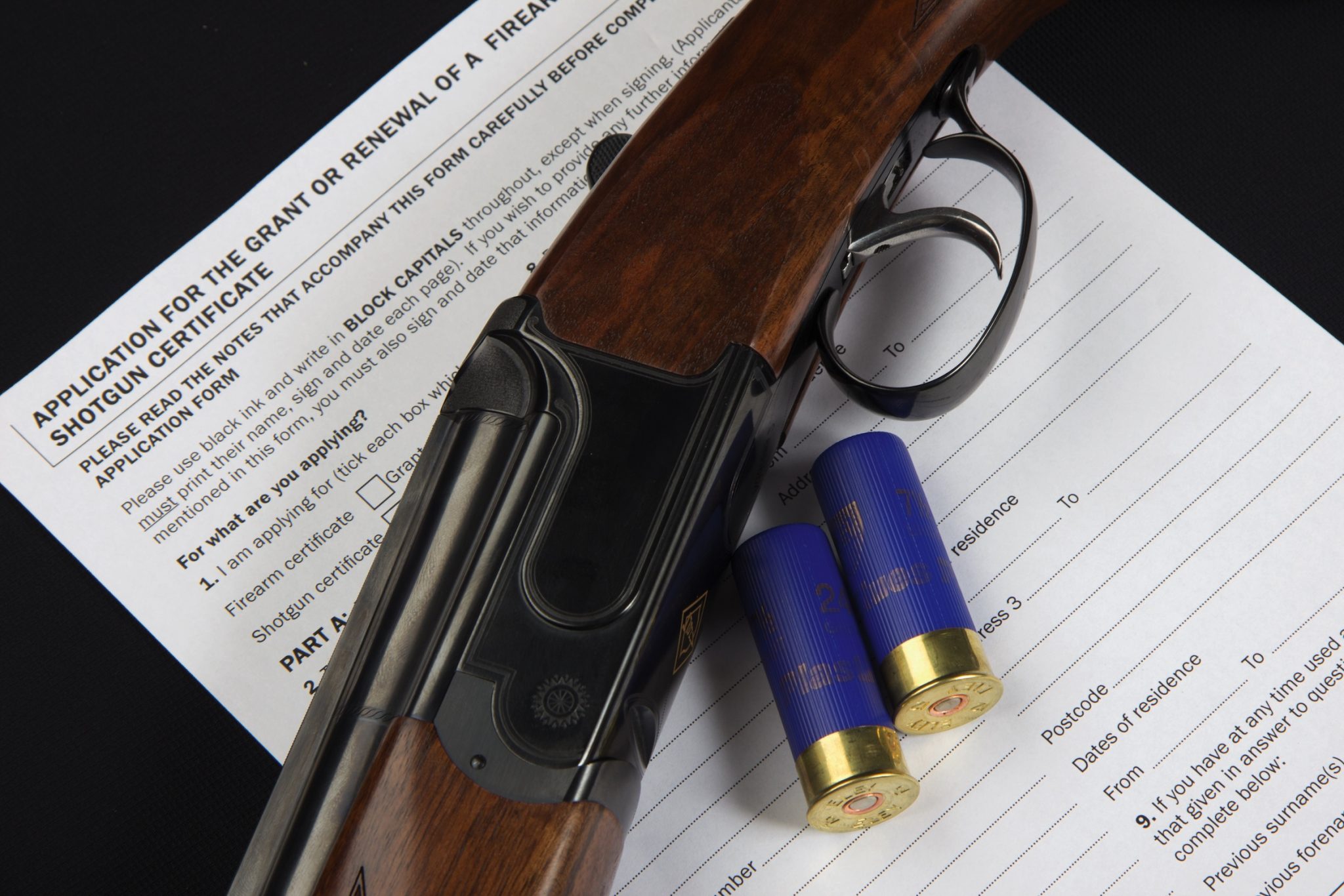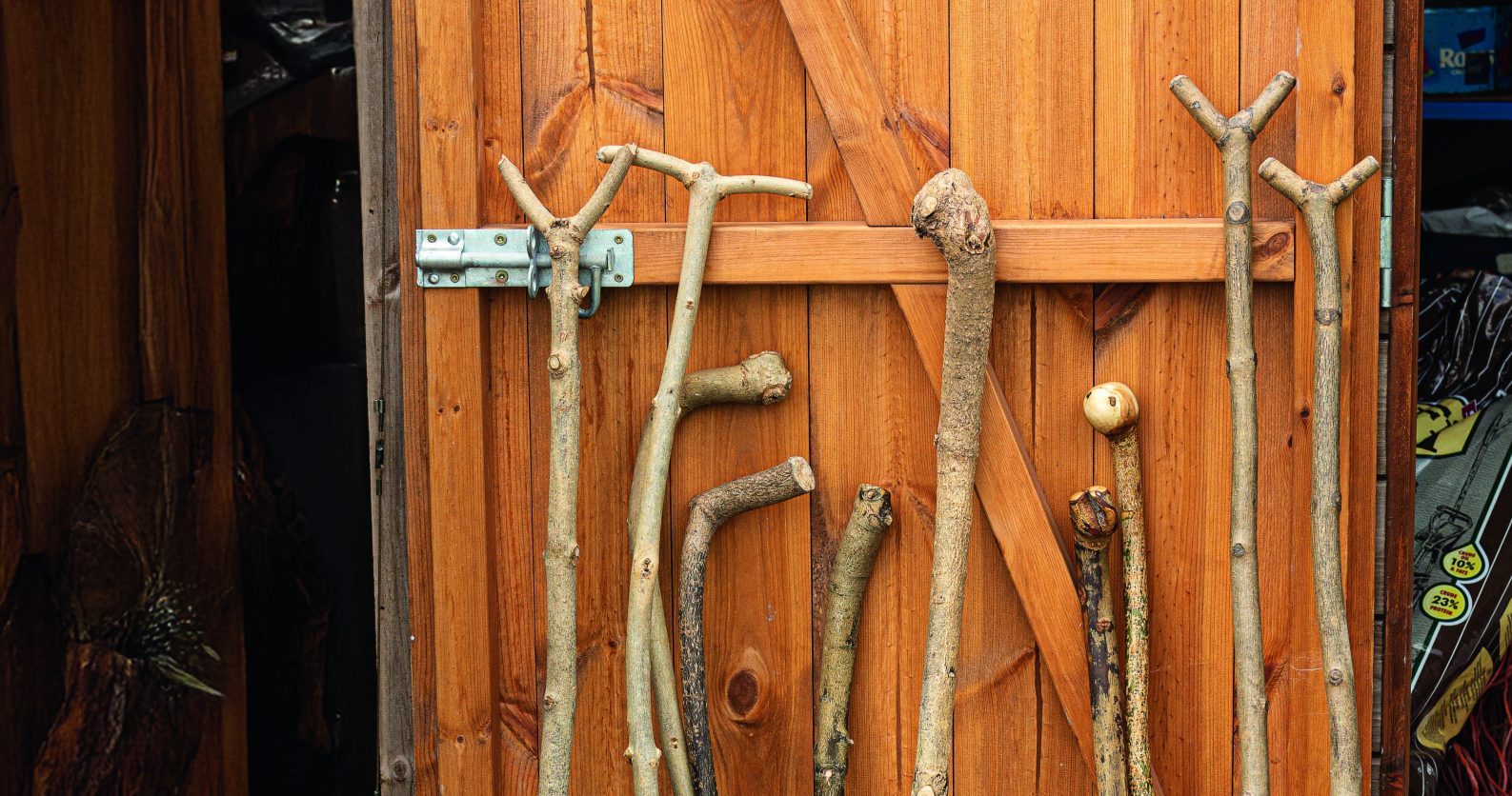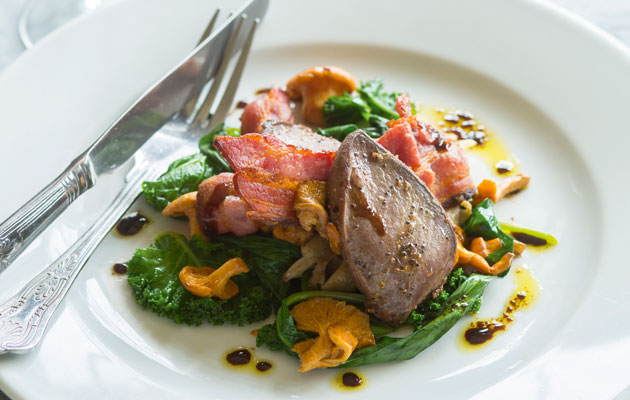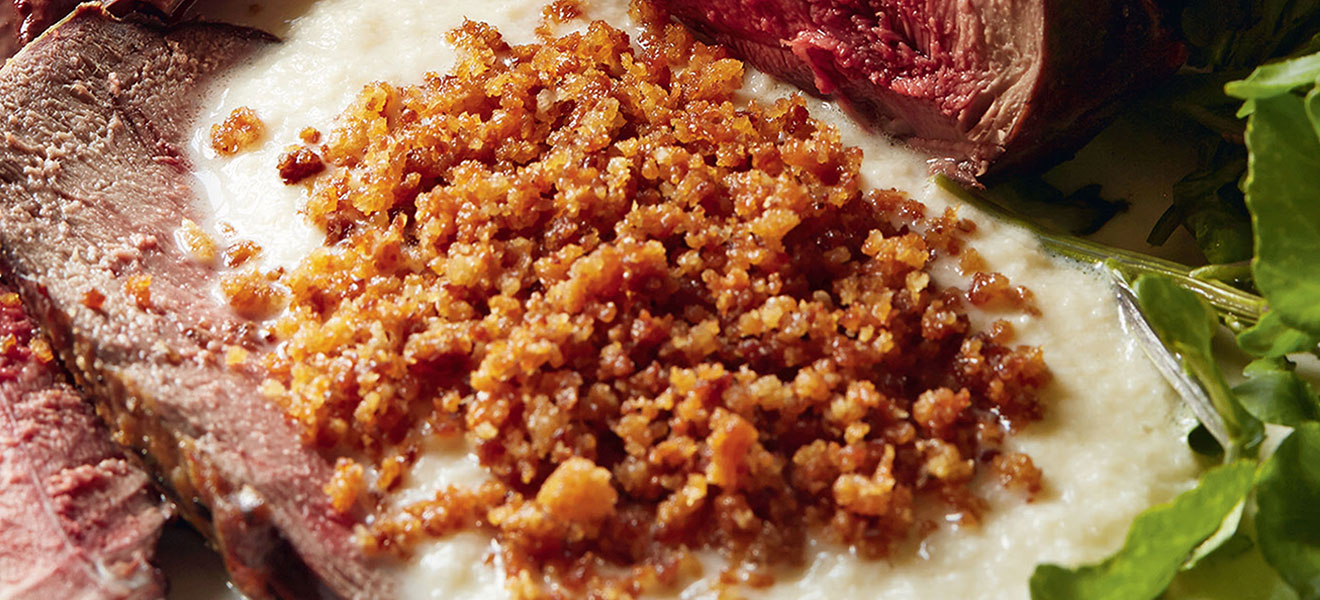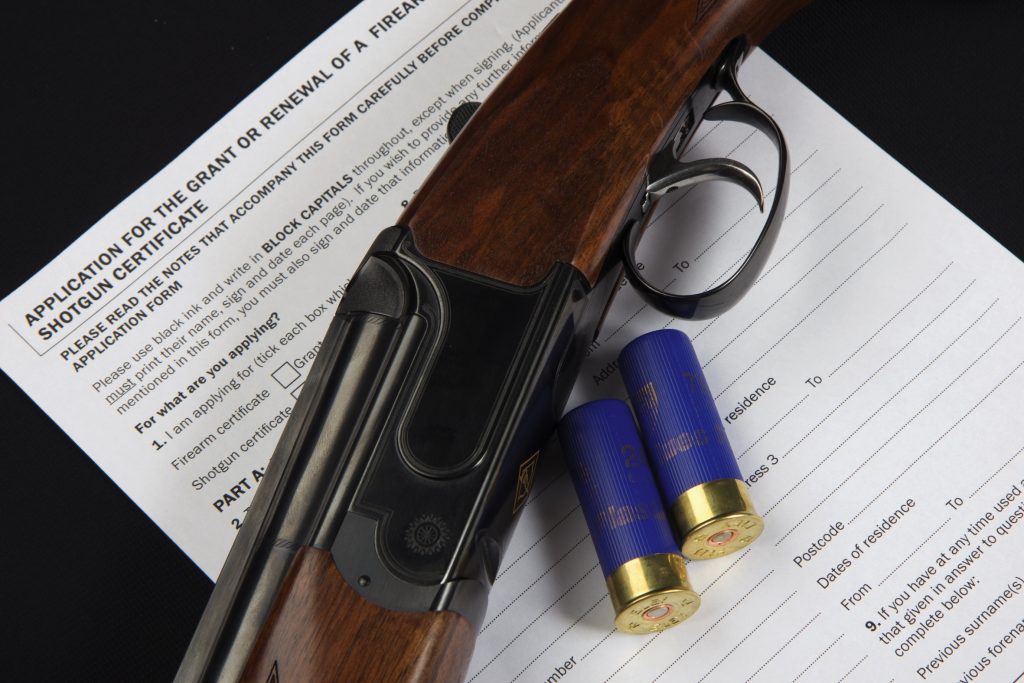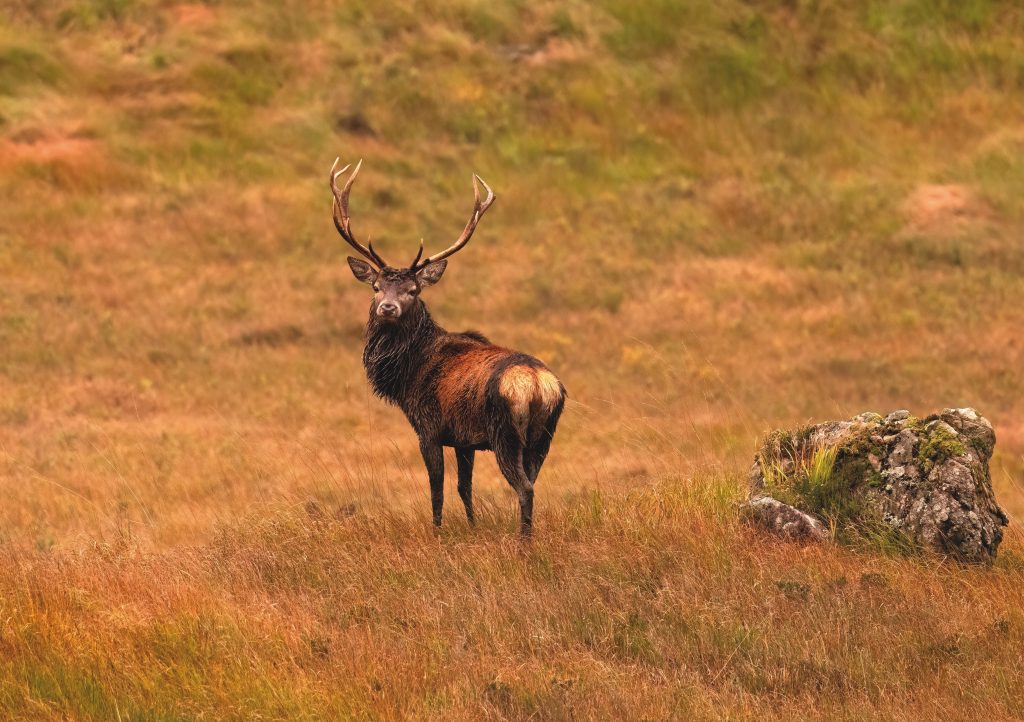1. Pigeon and wild mushrooms Here we’ve used chanterelles, but you can use whatever mushrooms you have handy. You’ll need…
Win CENS ProFlex DX5 earplugs worth £1,149 – enter here
Bordeaux red blends to accompany game dishes
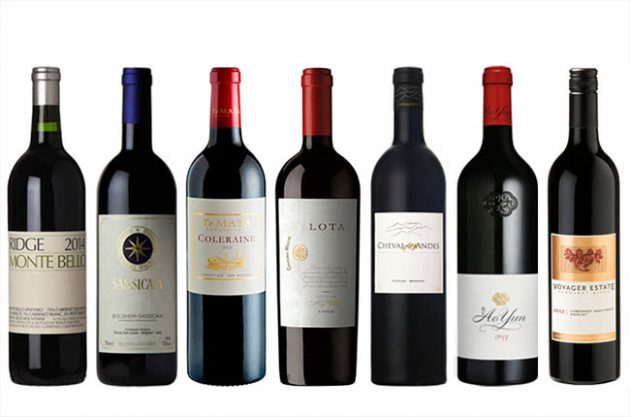
Bordeaux‘s signature grape varieties have traversed the globe, to the extent that Cabernet Sauvignon and Merlot have risen to the summit of the world grape planting league in the past two decades.
What’s in a Bordeaux red blend?
A Bordeaux red blend usually combines two or more of the classic Bordeaux varieties: Cabernet Sauvignon,†Merlot, Cabernet Franc, Petit Verdot, CarmenËre†and Malbec. A white blend would most likely include at least two from Semillon, Sauvignon Blanc, Sauvignon Gris†and Muscadelle.
It is not a legal or technical term
There are no specific rules on percentages in the finished wine, yields when growing or planting regulations as found in Bordeaux itself. It is simply a term for the grapes used.
Meritage
However, some wines made in the USA may use the trade marked term ‘Meritage’ on labels, if they are a member of the Meritage Association. This means that the wine must combine two or more of the five red varieties above, and can also use†St. Macaire, Gros Verdot and CarmenËre. No single variety can constitute more than 90% of the finished wine.
Game crumble and bread sauce by Simon Hopkinson
Here is how Simon Hopkinson creates his game crumble – and you can click here to see his roast grouse…
Are they just copies of Bordeaux wines?
It’s not as if winemakers on Tuscany’s Bolgheri coast or on the gravel soils of Hawke’s Bay in New Zealand are seeking to make carbon copies of Bordeaux wines. Climate, as well as vineyard and cellar techniques, differ within and between areas.
And it’s completely up to the winemakers themselves whether or not to use the term ‘Bordeaux blend’ when describing their wines.
Yet, there is a sense, too, of paying hommage to what Bordeaux has achieved in terms of structured wines that are built to last – sometimes for many years.
While the existence of Bordeaux blends, even as a term in itself, underlines the maritime French region’s enduring position as a benchmark for fine wines, it also says something about the versatility of the grapes themselves.
The fine wines below have all been reviewed by Decanter†experts.
Words by Jim Button and Chris Mercer.
Have you tasted any of these wines? Let us know what you thought in the comments section below
Seven fine Bordeaux red blends from around the world:
Ridge Vineyards, Santa Cruz Mountains, Monte Bello, 2013
A Monte Bello for the ages, the 2013’s brooding bouquet unfolds to reveal notes of black raspberry, juicy blackcurrant, burning embers…
POINTS
Tenuta San Guido, Bolgheri, Sassicaia, Tuscany, Italy, 2006
To be honest I gave the Sassicaia 1985 a 100 points at the same tasting, but those notes have already been published, and it’s a…
POINTS
Voyager Estate, Margaret River, Cabernet Sauvignon-Merlot,
Pre-release. Few young Cabernets display such effortless grace and relentless endurance. Pure, perfumed, immaculately poised and…
POINTS
Te Mata Estate Winery, Coleraine, Hawke’s Bay, 2013
Both 2013 and 2014 were excellent vintages, yet totally different in character. 2013 was extraordinarily dry – the driest for 70 years – yet…
POINTS
Cousino Macul, Lota, Maipó Valley, Chile, 2006
More than a wine, this is a vehicle; it takes you to the heart of the Alto Maipo, at the foothills of the mountains in the outskirts of…
POINTS
Cheval des Andes, Mendoza, Argentina, 2012
Founded in 1999 as a collaboration between Terrazas de los Andes and Cheval Blanc, focussing on a traditional Bordeaux style blend…
POINTS
Ao Yun, China, China, 2013
A blend of 90% Cabernet Sauvignon and 10% Cabernet Franc, this is a bold, dramatic and compelling debut wine from winemaker…
POINTS
Related Articles
Get the latest news delivered direct to your door
Subscribe to Shooting Times & Country
Discover the ultimate companion for field sports enthusiasts with Shooting Times & Country Magazine, the UK’s leading weekly publication that has been at the forefront of shooting culture since 1882. Subscribers gain access to expert tips, comprehensive gear reviews, seasonal advice and a vibrant community of like-minded shooters.
Save on shop price when you subscribe with weekly issues featuring in-depth articles on gundog training, exclusive member offers and access to the digital back issue library. A Shooting Times & Country subscription is more than a magazine, don’t just read about the countryside; immerse yourself in its most authoritative and engaging publication.




